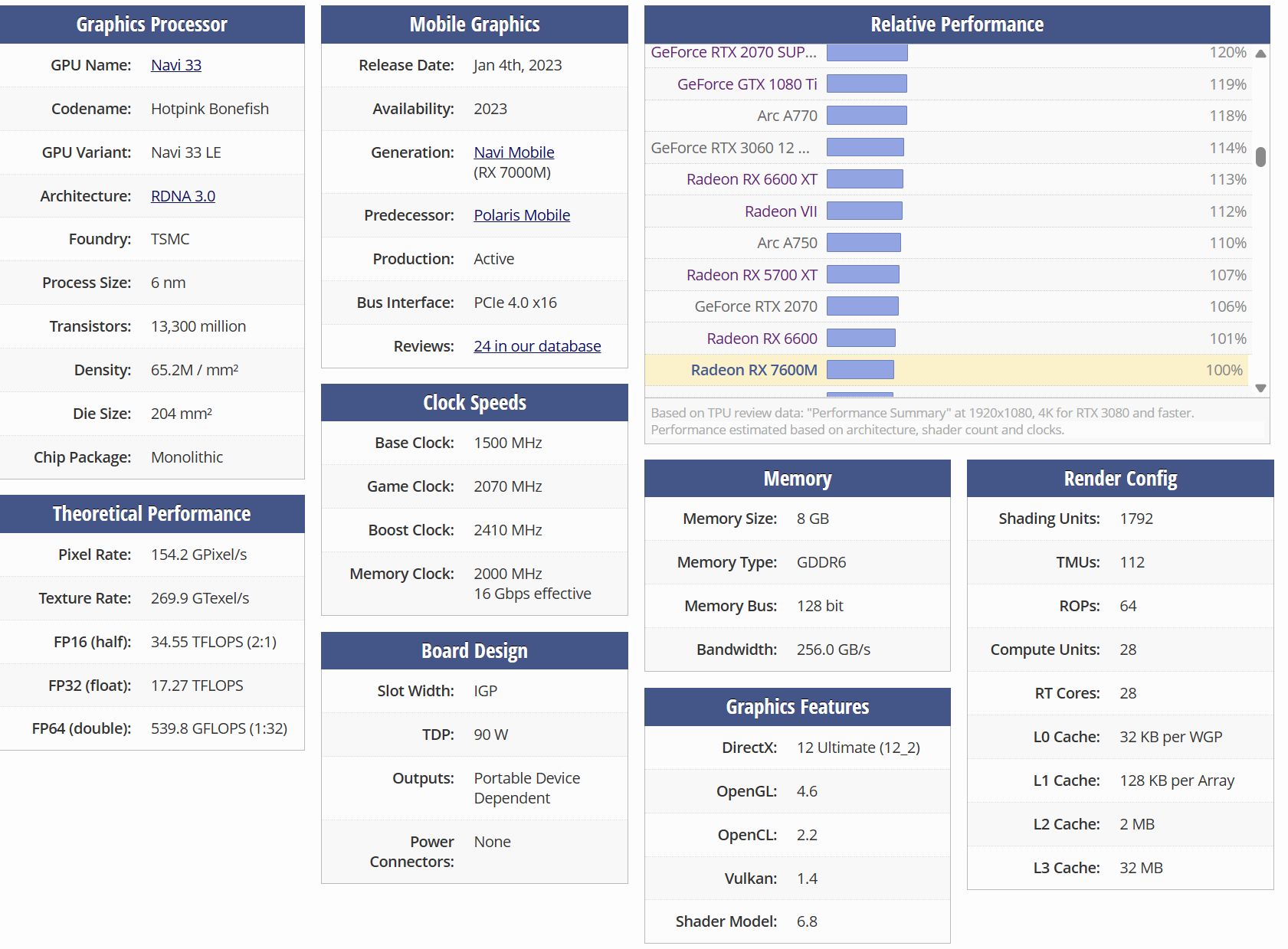You are incorrect.
First, I didn't talk about a black floor at all, not sure where that's coming from; of course contract is going to go higher on OLED than LCD, that's why it's a
trade-off. There's this weird cult of OLED that thinks it doesn't have trade-offs and complex consequences when it certainly does.
This discussion is all specific to the overall configuration of current headset tech, which is to have
pancake lenses -- which are frankly non-negotiable now for VR, long before LCD vs OLED can be considered. Once you decide that, and want a great FOV, and want minimal sickness for the user (extremely low persistence) -- with all that, you then face brightness challenges to get enough light to overcome the pancake.
This isn't just me, did you watch the actual Digital Foundry video that we were responding to? I'll quote it
Micro-OLEDs can pull it off with various trade-offs, and those trade-offs are often not going to be worth it. The idea that OLED / contrast is the only factor that matters is simply absurd. Valve cares a great deal about comfort, we've already seen that in their insistence on extremely low persistence, great FOV, and even if you think back to the way Alyx refused to have a stick-movement option in its initial release, insisting that you can do teleport instead and not make most of your target audience sick. Of course they are going to consider this carefully and make the trade-off in that direction.
EDIT: and here is the additional Valve quote they brought up on DF:
That's an extremely low number, and as DF said, likely not achievable with OLED/microOLED because you can't strobe it the same way to get these crazy low ranges like you can with the backlight toggling etc, and certainly not while preserving enough light through the pancake.
Clearly this is a choice where Valve went with motion quality and VR gaming comfort, not raw image contrast quality. To deny there's a trade-off that has to be made with OLED vs LCD is simply to ignore reality.









